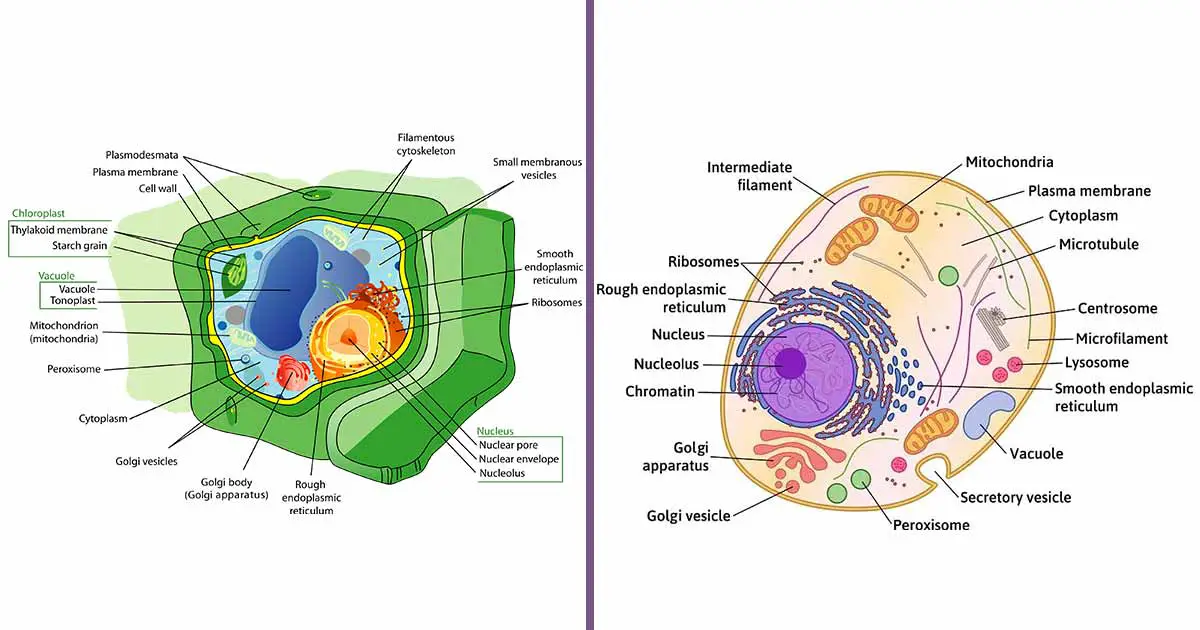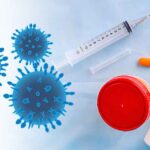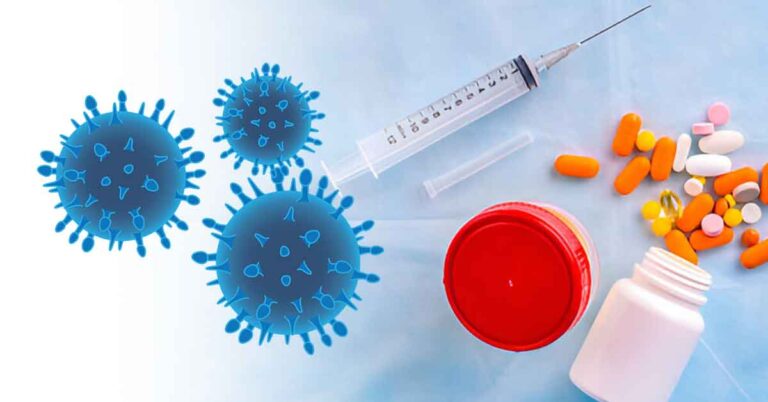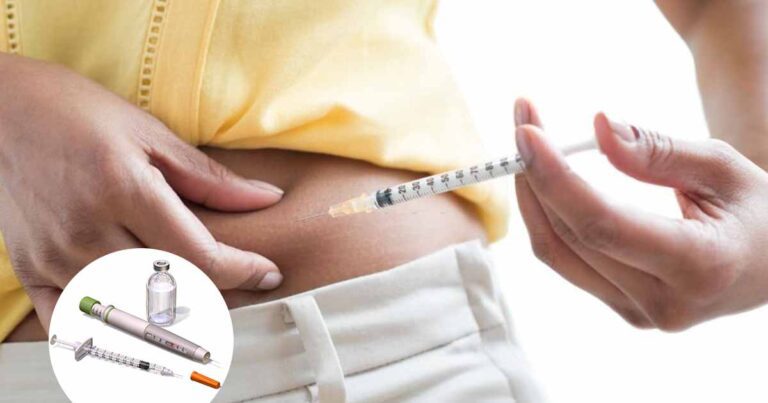There are many differences between plant and animal cells, as well as similarities. These differences and similarities can be either in their shapes, sizes, modes of nutrition or the presence/sizes of organelles. This article discusses the differences between plant and animal cells, as well as their similarities.
Similarities between Plant and Animal Cells
- Plants and animal cells are both eukaryotic cells (i.e., they have definite nuclei that are membrane-bound). Hence, they are structurally similar.
- They both have membrane-bound organelles such as the nucleus, cytoplasm, lysosomes, mitochondria, peroxisomes, endoplasmic reticulum, ribosome, and Golgi apparatus.
- Both plant and animals cells have similar cell membranes.
- They have cytosol and cytoskeletal elements that are similar.
- Plant and animal cells undergo cell division via meiosis and mitosis.
Seventeen (17) Differences between Plant and Animal Cells
1. Cell Size: Plant cells are larger than animal cells. Plant cells measure between 10 and 30 micrometers, while animal cells measure between 10 and 100 micrometers.
2. Cell Shape: The plant cell is rectangular or square, while the animal cell is circular or irregular in shape.
3. Cell Wall: This is another structural distinction between plant and animal cells. The cell wall is a rigid structure that covers the cell membrane and other organelles in the cell. It is made up of cellulose (sugar) and fats, and its thickness ranges from 0.1 to 10 micrometers. A cellulose cell wall is present in plant cells, but absent in animal cells.
4. Vacuoles: Vacuoles are organelles that are filled with liquid. They occupy about 90% of the cell’s volume and possess a single membrane. Vacuoles perform many functions ranging from digestion, reserve for nutrients, and a place to degrade waste materials.
Plant cells have a few large or single vacuous that is located at the center, while animal cells have numerous but small vacuoles.
5. Chloroplast: Chloroplast is the green pigment that facilitates the process of photosynthesis. It is present in plant cells but absent in cells. That is why plants can undergo photosynthesis but animals cannot.
6. Mobility: Plant cells are immobile, while animal cells are mobile.
7. Plastids: Plastids are organelles that help in the process of photosynthesis, synthesis, and storage of metabolites. They are present in plant cells but absent in animal cells.
8. Nucleus: The nucleus is referred to as the control center of the cell because it carries genes that are responsible for storing and transmitting genetic information from parents to offspring. The nucleus of a plant cell is located at the side of the plant cell, whereas it is located at the center of the animal cell.
9. Centrioles: Centrioles are organelles that facilitate cell division and the formation of centrosomes, cilia, and flagella (organelle for movement). They are absent in plant cells but present in animal cells.
10. Organelles for Movement: Plant cells do not have organelles for movement. Hence, they are immobile. While most animals have organelles for movement such as cilia, flagella, pseudopodia, etc.
11. Mitochondria: Mitochondria are well known for the production of energy and are also referred to as the “powerhouse” of the cell. It is present in plants in fewer numbers, while It is numerous in animal cells.
READ ALSO: Clear Differences Between Prokaryotic and Eukaryotic Cells
12. Lysosomes: Lysosomes are organelles that carry out digestion in cells. They are rarely present in plants, but always present in animals.
13. Centrosomes: Centrosomes are organelles that aid in organizing microtubules and regulating cell motility. They are absent in plant cells but present in animal cells.
14. Glyxoxysomes: Glyxoxysomes are organelles that help in metabolizing fats by converting stored fats into intermediates that synthesize sugar. Plant cells sometimes may have them, but they are generally absent in animal cells.
15. Mode of Nutrition: Plant cells undergo an autotrophic mode of nutrition, which means that they synthesize or produce their food by themselves. On the other hand, animal cells undergo a heterotrophic mode of nutrition, which means that they cannot synthesize or produce their food by themselves. Hence, they rely on already-made foods.
16. Food Reserve: Plant cells store excess sugar as starch, while animal cells store excess sugar as carbohydrates or glucose.
17. Examples: Plant cells include parenchyma, collenchyma, sclerenchyma, etc. while animal cells include blood cells, nerve cells, sperm cells, ova, etc.
Conclusion
Plant cells and animal cells are similar in many ways, which are a result of their eukaryotic nature of cells. However, there are also some differences between them, as have been discussed above.
References:












